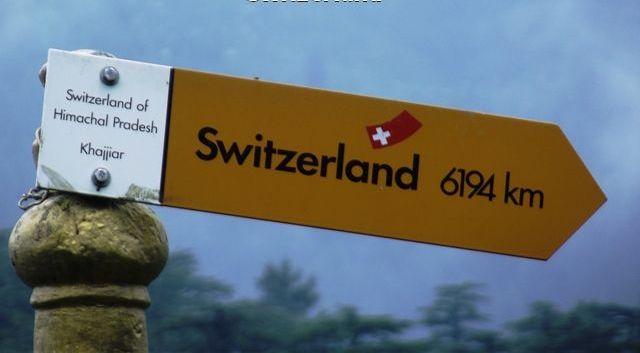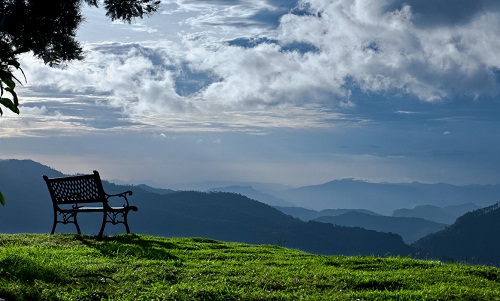Shops in Kalimpong have a wide variety of traditional handicrafts making it a paradise for souvenir collectors. Look out for embroidered items, woodcarvings, scrolls, Tibetan jewellery, artifacts, bags and purses, chinese lamps and copperware.
Visit the local bazaar at Kalimpong to get a glimpse of the traditional handicrafts that can be collected as souvenirs. You have a wide variety of embroidered items, wood carvings, scrolls, Tibetan jewelry, artifacts, bags and purses, Chinese lamps and copperware to choose leaving you in a dilemma to choose the best among them. Also enjoy the amazing sights of the snow covered Kanchenjunga.
Kalimpong also offers some good items to be purchased. The Kalimpong is famous for the tapestry bags and purses, copperware, scrolls and paintings from Dr Grahams house. Shops selling Tibetan Jewellery and art effects can be found in the streets to the east of Dambar Chowk.
Teesta Bazaar: Teesta Bazaar, also known as tenth mile among local people, is the main bazaar area in Kalimpong and is named after the lifeline Teesta River of Kalimpong. The market places thrive with many handicraft items and artifacts. One can shop for all kinds of commodities in this splendid market. The worthy and costly crafted items are the main attractions in this bazaar.
One can shop for variety of wares from China, Tibet and Bhutan. The local items like thankas, daggers, tea cups, footwear and lanterns are abundantly available here. Copper and Silver ware, Jewelry items, fruits, vegetables and cloths can also be shopped in moderate rates from this bazaar.


